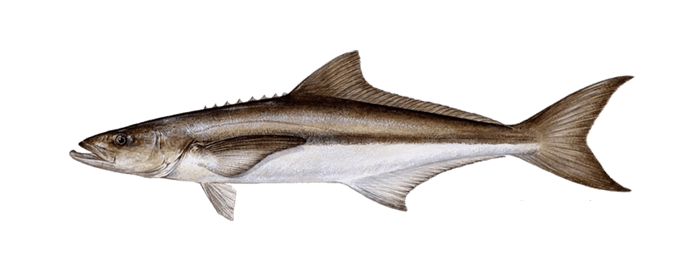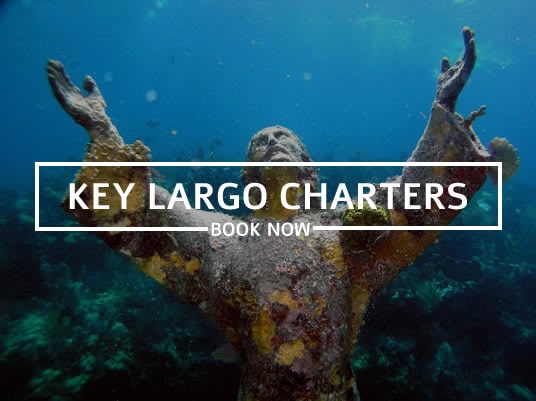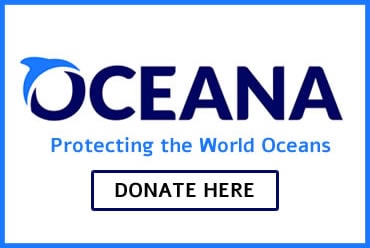Cobia (Rachycentron canadum)
The cobia is a species of perciform marine fish. Cobias are a brownish grey color on the top with a white belly. They have a white stripe running from the gills to the base of the tail. In smaller cobia, there is a black line inside the white stripe but once they grow larger the line starts to fade and is harder to see. Behind the head, until the dorsal fin, it has several sharp finlets. Cobia do not have teeth however they do have bands of villiform teeth on the roof of their mouth and in their jaws. They have a variety of nicknames including black kingfish, black salmon, ling, lemonfish, crab eater, prodigal son, bacalao and black bonito. They are closely related to Remora. They grow very quickly reaching over 40 inches after just two years. In Florida, the common size is between 25 and 50 pounds. The largest cobia ever caught in Florida was caught near Destin and weighed 130 pounds. They can grow up to 135 pounds. They are very strong fighting fish and are delicious table fair.
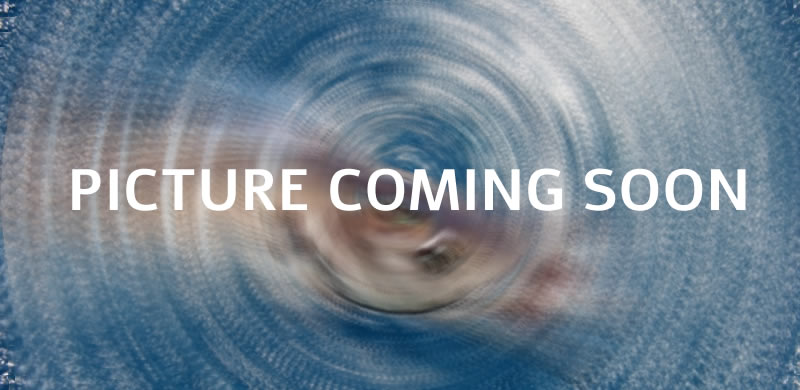
How to catch Cobia in Miami
Cobia can be caught using a variety of fishing methods including Casting, Still fishing, Drifting, and even Trolling. The larger Cobia require heavier tackle but most can be caught using conventional fishing gear. If you spot a school of cobia make sure not to make to much noise or you will scare them away. They can be spooked very easily and once they get spooked they can be finicky eaters and not eat any type of bait presented to them. When you hook a cobia you should not tighten your drag. Let the fish take your line on its first run. If you pull to hard or put too much pressure on the line there is a high probability you will lose the fish. Gaffing the Cobia before putting it on board is recommended because these fish tend to jump around all over the boat and can cause mayhem while they’re jumping around on board. They can cause your lines to tangle and possibly even get you hooked. If you see a cobia swimming around the boat throw your lure against the current and let the lure swim into position. If you throw your lure to close you can spook the fish. Cobias tend to swim near the top of the water column so they are mostly caught by sight fishing.

Where to fish for Cobia
In the spring time cobia start to move north to the Panhandle on the west coast, and from northeast Florida up to New Smyrna Beach. Cobia can be found in Florida year round but the best time to fish for Cobia in the southern tip of Florida is from the beginning of December till the end of April. If your fishing in Norther Florida then the best time to fish for Cobia is during Spring at the beginning of March. During the warmer months they can be found near shore on the golf coast and around inshore inlets.In the fall, the cycle starts over when the fish begin to migrate down as cool weather sets in. Best place to fish for cobia are beaches in the spring and fall, near power plants in the winter, and at bridges, buoys and markers in the summer. along nearshore beaches, reefs, seagrass beds, and inshore structures. If your fishing offshre then you should use cut up crabs, pinfish, mullet, ladyfish, threadfin.

Best time of the year for fishing Cobia in Miami
Starting in the middle of March and continuing through the middle of April is the best time to target Cobia in South Florida.The best place to catch Cobia in Florida depends on the time of year. Cobia migrates from south Florida all the way to the northern Gulf Coast to spawn every year. They prefer warmer waters above 68 degrees. Cobia is found around buoys, navigational markers, inshore, and offshore around wrecks and reefs. Local marina markers are another great place to target these fish. Cobia can also be caught while fishing off piers on the gulf.
The best bait to catch Cobia
The best bait to catch cobia is small live blue crabs. Crabs compose 70% of their diet which is why they get the nickname crab eaters. Live Pinfish are also very popular bait to use and they also eat, small stingrays, shrimp, eel, grunts, mullet, menhaden, and bluerunners. For artificial lures a good selection would include Bucktail Jigs in contrasting colors, spoons, diving plugs, large streamer flies, bucktail cobia jigs, and plastic eel rigs. A Pproperly rigges plastic eel rig cast near a Cobia will almost always get you a bite. When choosing colors for lures you should stick to colors that mimic the baitfish at the location your fishing at.
Is Cobia good eating?
Cobia are great eating fish. Cobia has a firm texture and a mild buttery flavor profile. These fish are full of vitamins , minerals and Omega-3 fats especially rich in potassium, selenium and B vitamins. One thing you should be catious of before eating Cobia is that they contain the highest level of Mercury of any fish in Florida. There Mercury levels exceed 1 part per million (ppm) and are actually in the 3.24 ppm range according to a Consumer Affairs report. Consumption should be limited to to once per month.
Florida Cobia fishing regulations
In order to keep a Cobia they must be at least 33 inches from head to tail fork. In Gulf state waters north on Monroe/Collier county line then bag limit is 1 per angler and 2 per boat. In Atlantic state waters you can catch 1 per person and 6 per boat whichever is less. They can be caught using hook and line, spear fishing, on gigs, seine as well as with cast nets. There is no closed season so you can catch them year round. A current Florida saltwater fishing license is required to fish for all types of saltwater species in Florida. You can obtain a license from the Florida Fish and Wildlife Conservation Commission by going online, calling or going to a bait and tackle shop.
